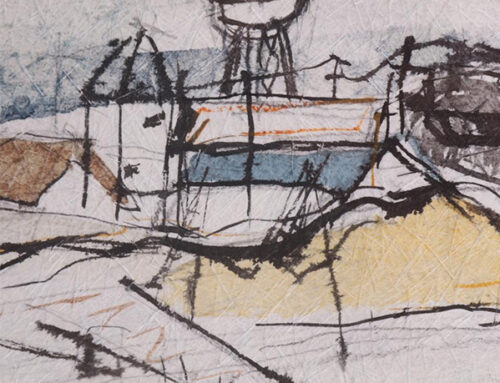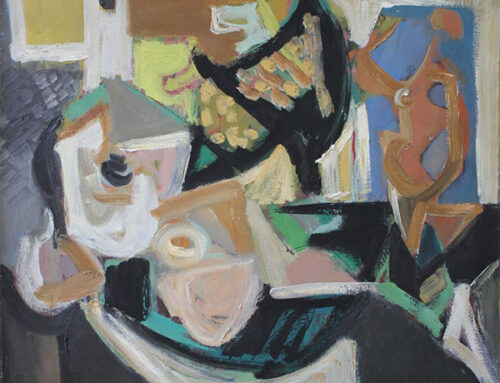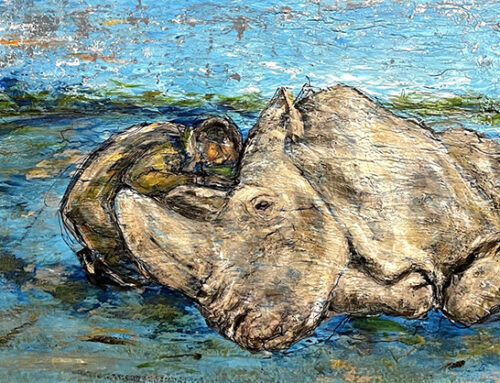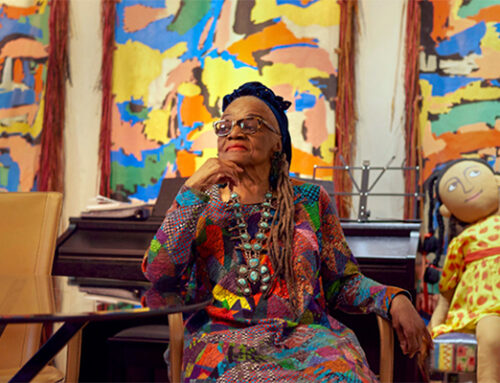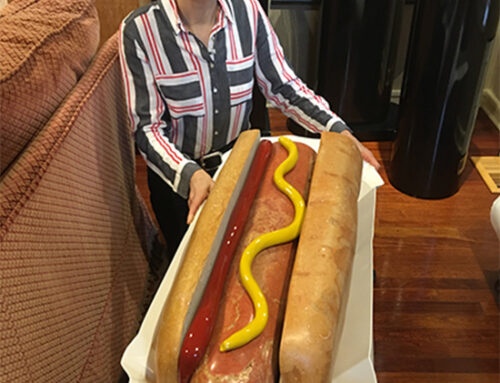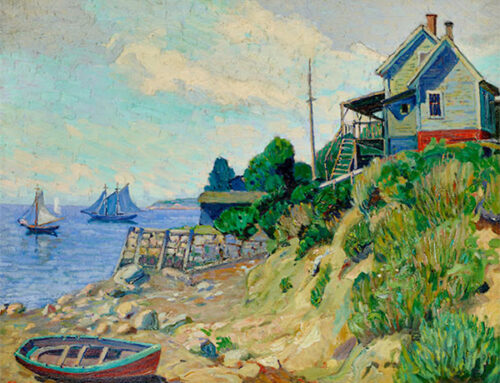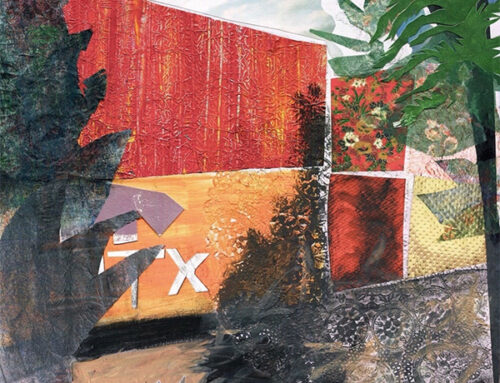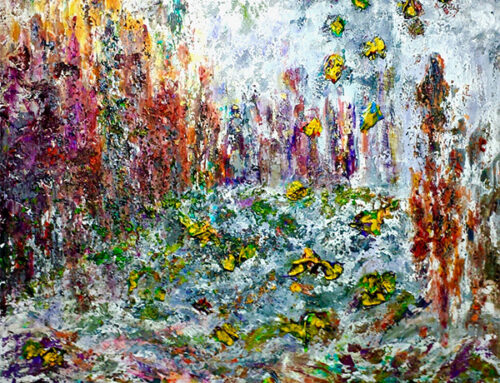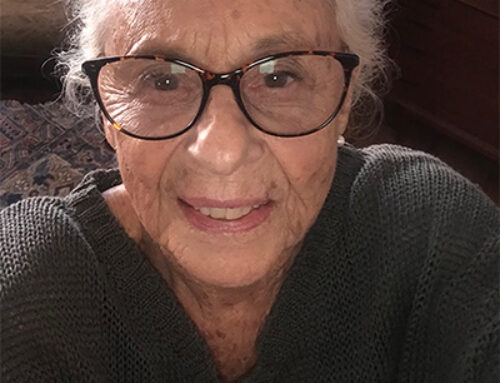Sophie Taeuber-Arp at MOMA
 Through March 12, 2022
Through March 12, 2022
By Sandra Bertrand
Sophie Taeuber-Arp: Living Abstraction is the first exhibition in the United States in nearly 40 years to chart the full sweep of this artist’s multifaceted career. It features some 300 works which aim to advance our understanding of Taeuber-Arp’s distinctive cross-pollinating approach to abstraction, and to explore the different ways in which her work challenged the boundaries separating fine art from craft and design.
She was one of the most multitalented of modern artists, creating profoundly innovative work across many disciplines—from applied arts teacher and maker of textiles and objects to designer of murals, stained glass windows, furniture, interiors, and buildings; to painter-sculptor, magazine editor, and early champion of geometric abstraction.

Stiftung Arp e.V., Berlin/Rolandswerth/Artists Rights Society (ARS), New York; Hauser and Wirth
Sophie Taeuber-Arp (1889–1943) was born in 1889, in Switzerland, the daughter of a pharmacist. The family moved to Germany when she was two years old. Some years later she began attending art schools, moving back to Switzerland during the First World War. At an exhibition in 1915, she met for the first time the German-French artist Hans-Jean Arp, whom she married shortly after.
It was during these years that they became associated with the DADA movement, which emerged in 1916. Taeuber-Arp’s most famous works – ie. Dada Head (Tête Dada; 1920), date from these years.

Sophie Taeuber-Arp, with “Dada-Head” from 1920, has long been eclipsed by her husband, Jean (Hans) Arp. Her work is now coming out of his shadow, starting online at Hauser & Wirth gallery.
Credit: Stiftung Arp e.V., Berlin/Rolandswerth/Artists Rights Society (ARS), New York; Hauser and Wirth; Nic Aluf
These were witty resemblances to the small stands used by hatmakers. What many followers don’t realize, she was actively involved in performances at the Cabaret Voltaire as a dancer, choreographer and puppeteer.
Her textile and graphic works are among the earliest Constructivist creations, along with those of Piet Mondrian and Kasimir Malevich. Her sophisticated geometric abstractions reflect a subtle understanding of the interplay between color and form.

Mixing media: Taueber-Arp used silk, cotton and glass beads for “Pompadour.” Credit: Stiftung Arp e.V., Berlin/Rolandswerth/Artists Rights Society (ARS), New York; Hauser and Wirth
The couple moved to France in 1926 until the Nazi invasion forced them back to Switzerland. Tragically, she died accidentally in 1943 from a leaking gas stove.
For Taeuber-Arp, abstraction was always connected to an everyday lived reality in which objects were to be used and manipulated, spaces to be moved about in. Her expressed ambition was to make “living things” in “a new style that is fitting for us.” Her fluid movement between genres and creative roles makes her especially relevant for contemporary artists.
Despite being overlooked since her death, she is considered one of the most important artists of concrete art and geometric abstraction of the 20th century.

For more, see:
https://www.sanctuary-magazine.com/culture-crawl-february-22.html
https://www.amazon.com/Sophie-Taeuber-Arp-Bettina-Kaufmann/dp/1849767513



